This is an article from Domus 1079, on newsstands in May.
“There is no incompatibility between our past and present. We do not mean to break with tradition. It is tradition that is transformed, takes on new features, through which only few recognise it.” Even the 1928 manifesto of the MIAR group (the Italian Movement for Rational Architecture) does not solve the enigma of Tresigallo. The key factor was the personality of the man who in those years rebuilt his village – a few poor peasant houses isolated on the banks of the Po between Ferrara and Comacchio – turning it into a truly utopian town.
Tresigallo recalls that men alone cannot change the world. But without dreams there is little.
To build it, Edmondo Rossoni didn’t call in young bourgeois technicians turned out by the Milan Polytechnic, but the engineer Carlo Frighi, the landscapist Pietro Porcinai and the sculptor Enzo Nenci. All, like him, from Tresigallo. Born in 1884, from an early age Rossoni displayed a difficult temperament, so a career in revolutionary trade unionism seemed the only one possible. After his classical studies, he became an activist for the Industrial Workers of the World labour union, and a sub-editor and then editor of the Italian-language newspaper The Proletariat. To escape arrest, Rossoni moved to France and then Brazil, and in 1910 to the United States, because, unlike Mussolini, he saw his and the world’s future in the shadow of big factories.
.JPG.img.png/1682606881664.png)
 View gallery
View gallery
It was a world “in which to scourge all the filthy crew of colonial profiteers, fraudsters, exploiters, counterfeiters and adulterers, who need the cloak of patriotism to hide their stolen goods”. Only with the outbreak of the Great War did he return home for an ideal: to fuse socialism and nationalism into a new society. Joining the head of the Fascist Party was an inevitable step, and he acquired greater weight in the regime together with Italo Balbo, who was likewise born near Ferrara. They became two figures the duce Mussolini would always fear.
Partly for this reason, in 1935, Mussolini appointed Rossoni Minister of Agriculture and Forestry, intending to neutralise him with an impossible task: to increase food production. But Rossoni wasn’t the type to be discouraged or take orders from someone who, deep down, he never respected. Unbeknown to the Duce (now with a capital D), he ordered his village to be completely rebuilt with an urban, industrial and architectural structure in full rationalist style, but illuminated by a sociocultural idea where cylinders, arches and parallelepipeds are like the pastel colours of the buildings. It was a sign of a new civilisation where people could live well and prosper free from everything, even Fascism.
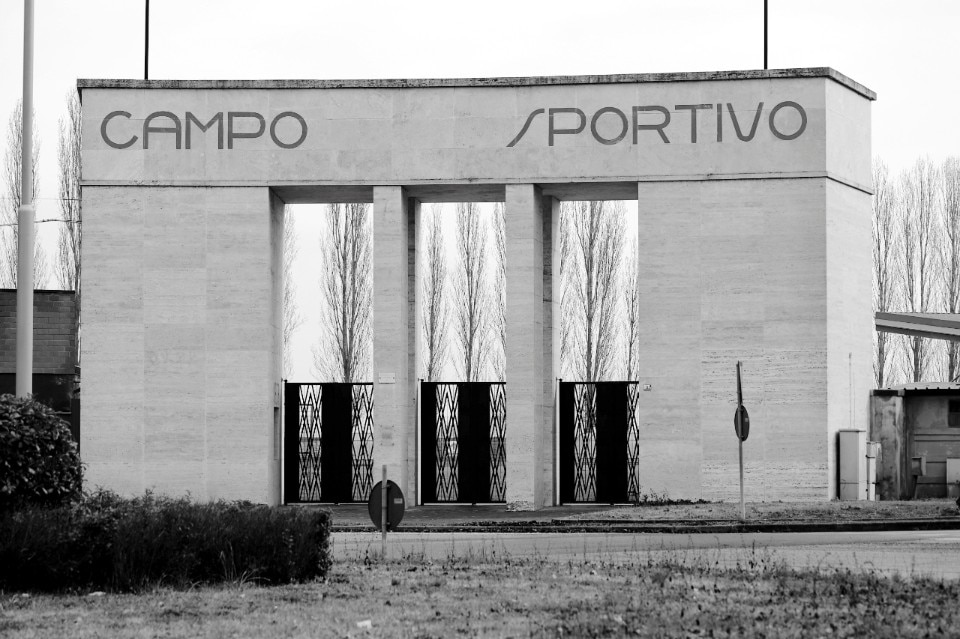
Not metaphysical, but a utopian city like that conceived by Tommaso Campanella. Only with less sunshine and more fog. Tresigallo was thereby established as a new foundation, different in every way from others founded by the regime. Its architectural forms were the opposite of those instrumentalised by Mussolini and again in the post-war period. The modernising obsession destroyed, modified and reconstructed the buildings, piazzas and streets of an Italy first backward and then devastated, but still intact. All in the name of a new civilisation, at first Fascist and imperial and then democratic, republican and Atlantic.
Rossoni saw the “new towns” not as tools of propaganda or economic speculation, but places centred on people, their dreams and their needs. As much is written on one of the iconic buildings of Tresigallo, those bathing establishments and public baths that since 2010 have become the Palace of Dreams, which become broken dreams once you enter the “urban centre” (to use a horrible term). Rossoni envisioned Tresigallo as economically independent, a community “without festivities” as it was based on peaceful collaboration between employer and worker, in line with a corporate idea that bore little resemblance to Giuseppe Bottai’s.
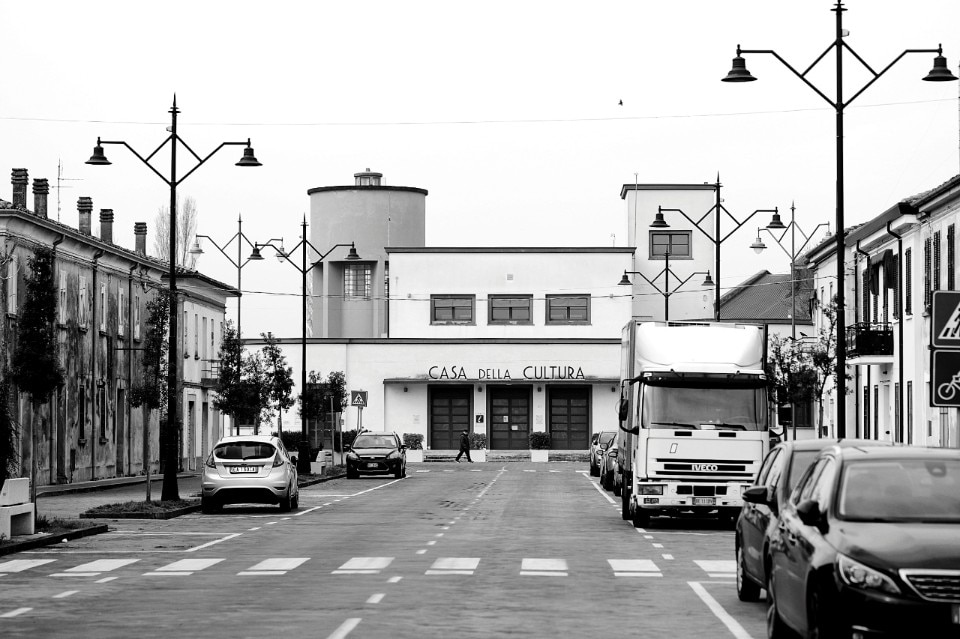
It was to be a town united by shared visions and objectives, with the houses of workers and factory owners set close together to overcome class opposition through architecture. Generating what today, in the language of standardisation, is called a positive social impact. In great secrecy, shoulder to shoulder with engineer Frighi, Rossoni thought about his city day and night, working out every detail. First the road to Ferrara, then the schools, parks, the sanatorium for TB patients, and a female embroidery institute. Then piped water, a hotel and dozens of factories producing everything from cellulose to hemp and biscuits.
People were soon won over by the dream of that strange party leader, who, over the nocturnal seductions of the capital, preferred the House of Culture or walking in the central square, where a large fountain with four gazelles evoked the colonies of Fascist Italy in Africa. Success soon raised the number of residents from 500 to 9,000, attracting the attention of Mussolini, alerted by a spy. Skilful and resolute, Rossoni convinced the Duce that Tresigallo was a “true Fascist project” replicable from the Alps to the pyramids. This gave him a free hand until early 1943, when World War II broke off the work.
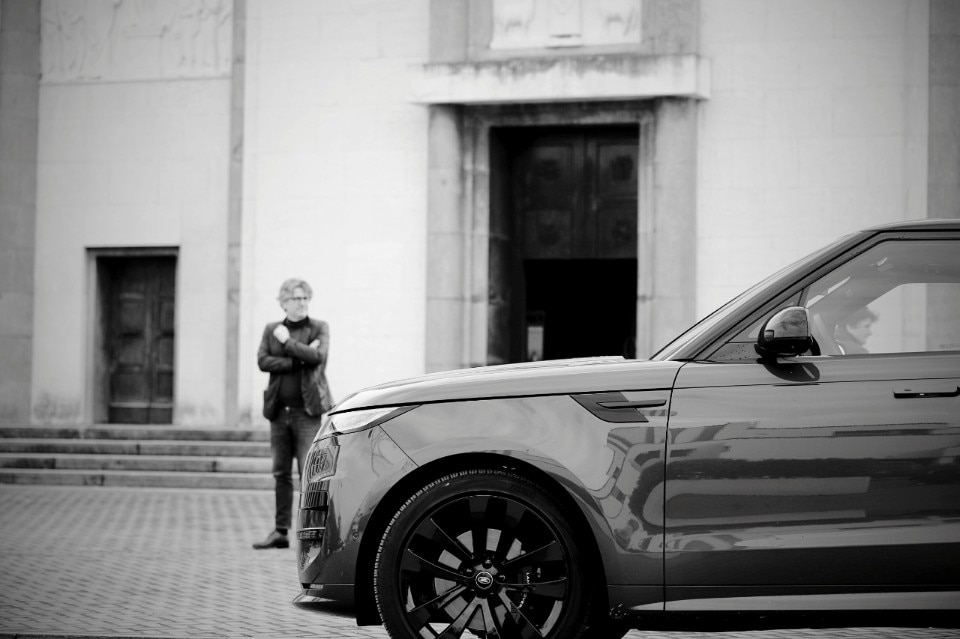
The decline bottomed out in the 1970s, with the closure of factories and the new political opposition, which always resisted the “Fascist dream” with restoration work and new buildings in pure Romagnola style, whose symbols are the aluminium doors and dark glass of the CGIL union. Visiting Tresigallo is a good way to see the complexity of the 20th century, its ideological perversions and unbearable rhetoric poised between dictatorship and democracy. It reveals why in Italy it is still difficult to talk about Fascism, the regime that turned dreams into nightmares, abandoning them as in a film set. Tresigallo recalls that men alone cannot change the world. But without dreams there is little, just as Gianni Celati wrote when passing through the town. “A rusty bicycle in a courtyard, pastel-dyed bedsheets rising on the breeze and then falling motionless on their axis of gravity as if awaiting the storm to come.
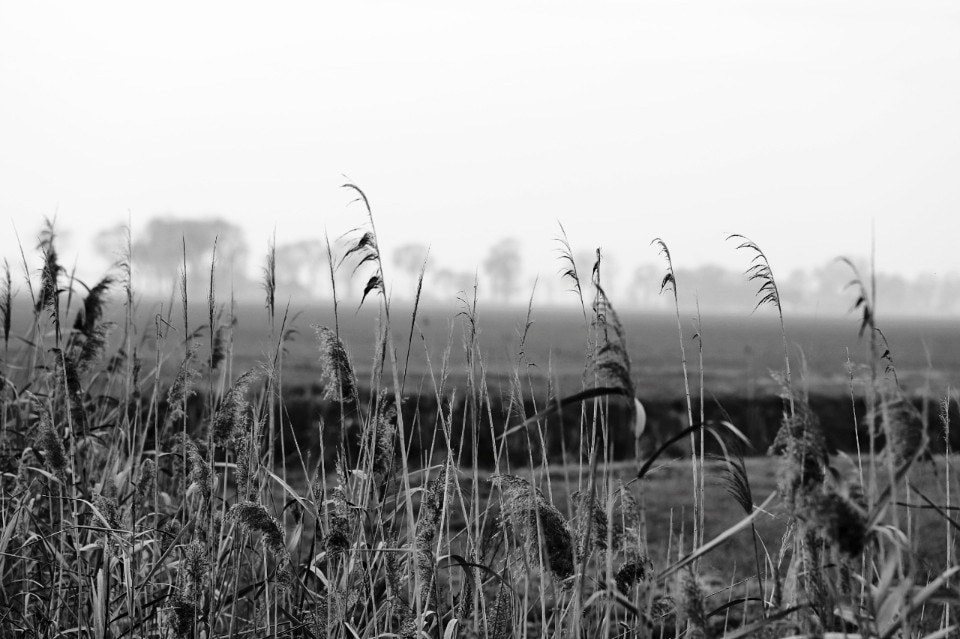


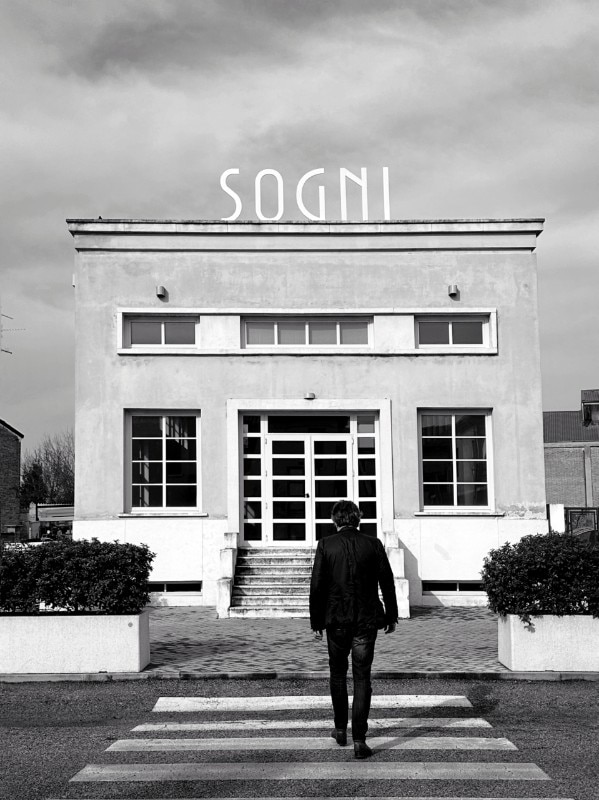
.JPG.foto.rmedium.png)
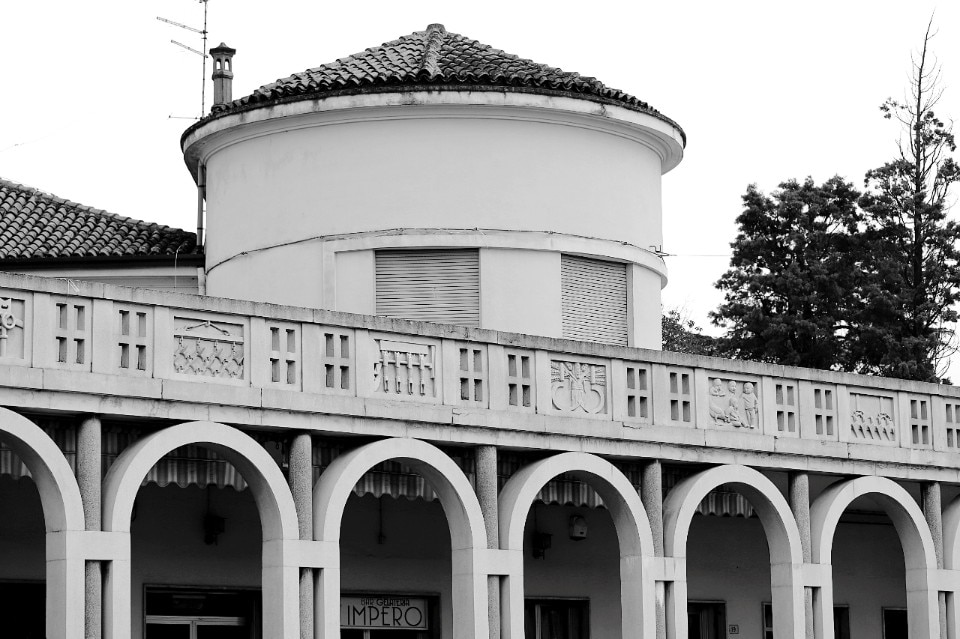
.JPG.foto.rmedium.png)
.JPG.foto.rmedium.png)
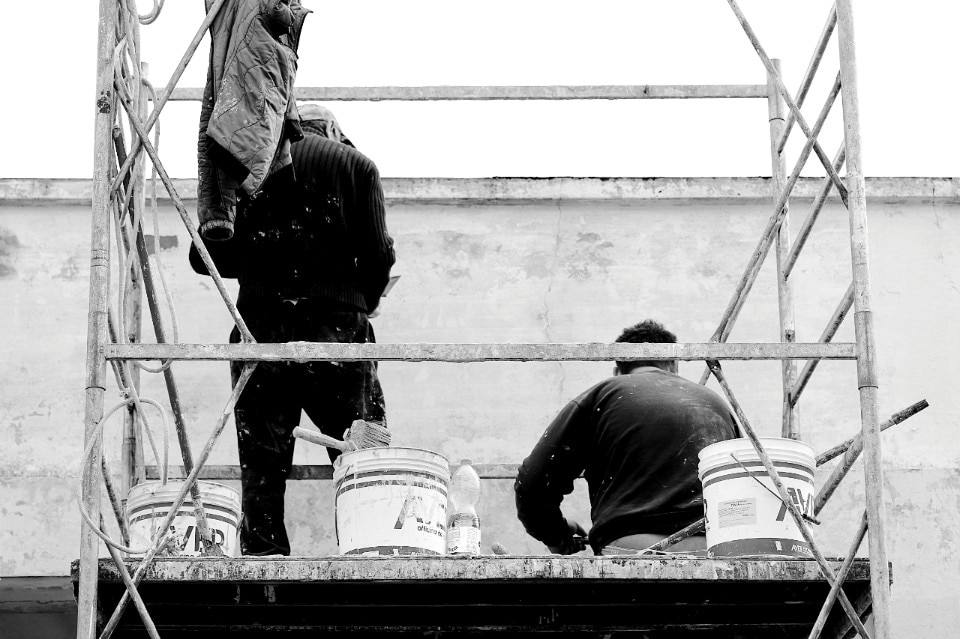
.JPG.foto.rmedium.png)
.JPG.foto.rmedium.png)
.JPG.foto.rmedium.png)
.JPG.foto.rmedium.png)
.JPG.foto.rmedium.png)
.JPG.foto.rmedium.png)
.JPG.foto.rmedium.png)
.JPG.foto.rmedium.png)
.JPG.foto.rmedium.png)
.JPG.foto.rmedium.png)
.JPG.foto.rmedium.png)
.JPG.foto.rmedium.png)
.JPG.foto.rmedium.png)
.JPG.foto.rmedium.png)
.JPG.foto.rmedium.png)
.JPG.foto.rmedium.png)
.JPG.foto.rmedium.png)